Episode 24: Is Your Horse Being Creative?
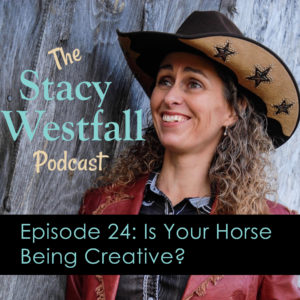
Subscribe and never miss an episode! (I listen in the barn and when I’m out driving)
Subscribe For Free!
This podcast is in response to a listener question. She asks, “what do you mean by a creative horse?” This is a great topic as we continue our season on the horse’s mind.
I’m very specific when I describe horses. I may say a horse has questions or a horse is creative.
I don’t want to describe a horse in a way that will pass judgment such as calling it a problem horse. A creative horse can be a horse that would traditionally be described as a problem horse, but it doesn’t have to be that way.
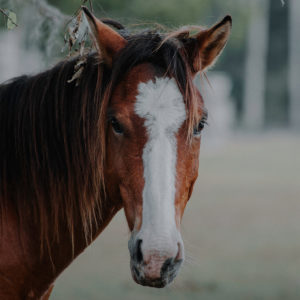
Show Notes
[03:16] Imagine you are a teacher asking questions. You will see a pattern in answers, but there might be some different answers from creative thinkers or people who see the question from a different angle.
[04:19] Trainers typically get the same answers from a horse. If a horse does something unusual, that’s creative.
[06:28] I’ve been consistently using the word ‘creative’ up till now to define a problem horse but all horses are creative. Yet, I want to encourage creativity in my horses, just not misbehavior.
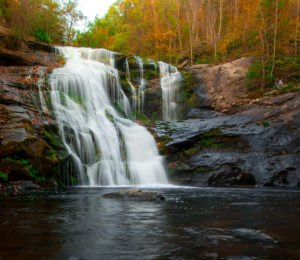
[10:54] Stacy shares how Presto used creativity to get a large equine ball under his belly.
[12:43] It’s important to let the horses be created because that is where their brilliance is found.
[12:51] When you see a horse do something amazing, it means someone has allowed the horse to express their own brilliance.
[13:31] I teach horses to roll blue activity balls. They usually use their nose or their feet.
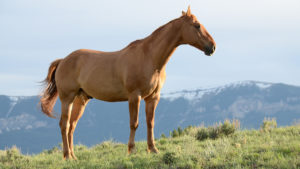
[15:16] Popcorn wants to be a kicker (he rolls the ball with his legs) but he is also ‘creative’ and catches the ball with his chin and knees, so no one can steal it.
[16:43] When you’re watching your horse, ask ‘how is he creative’.
“Horses will have some of their own unique ways of doing things.” Stacy Westfall Click To TweetLinks and Resources:
Why riders often experience fear, frustration, confusion with their horse.
Clever Horse Does Something Amazing – Removes Electric Fence Hooks
SUBSCRIBE TO THE PODCAST HERE:
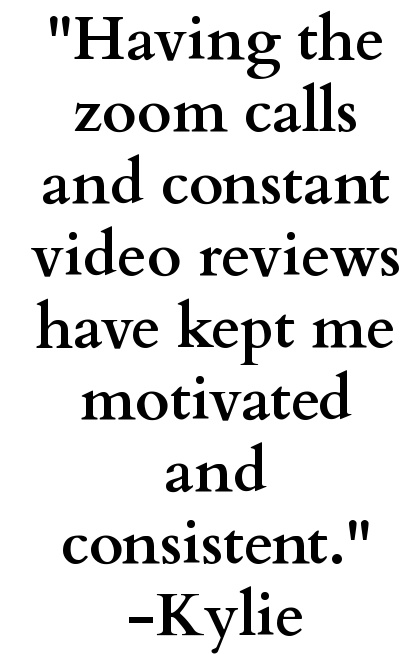
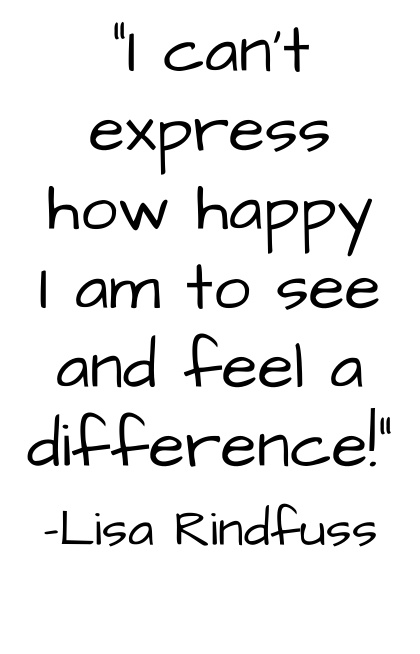
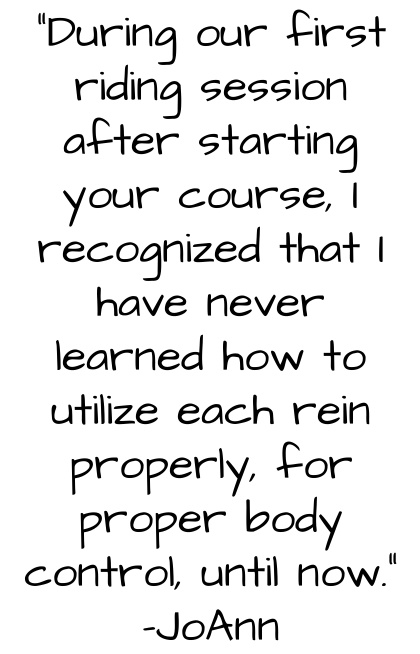

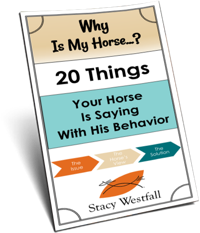
YOURS FREE
WHY IS MY HORSE...?




